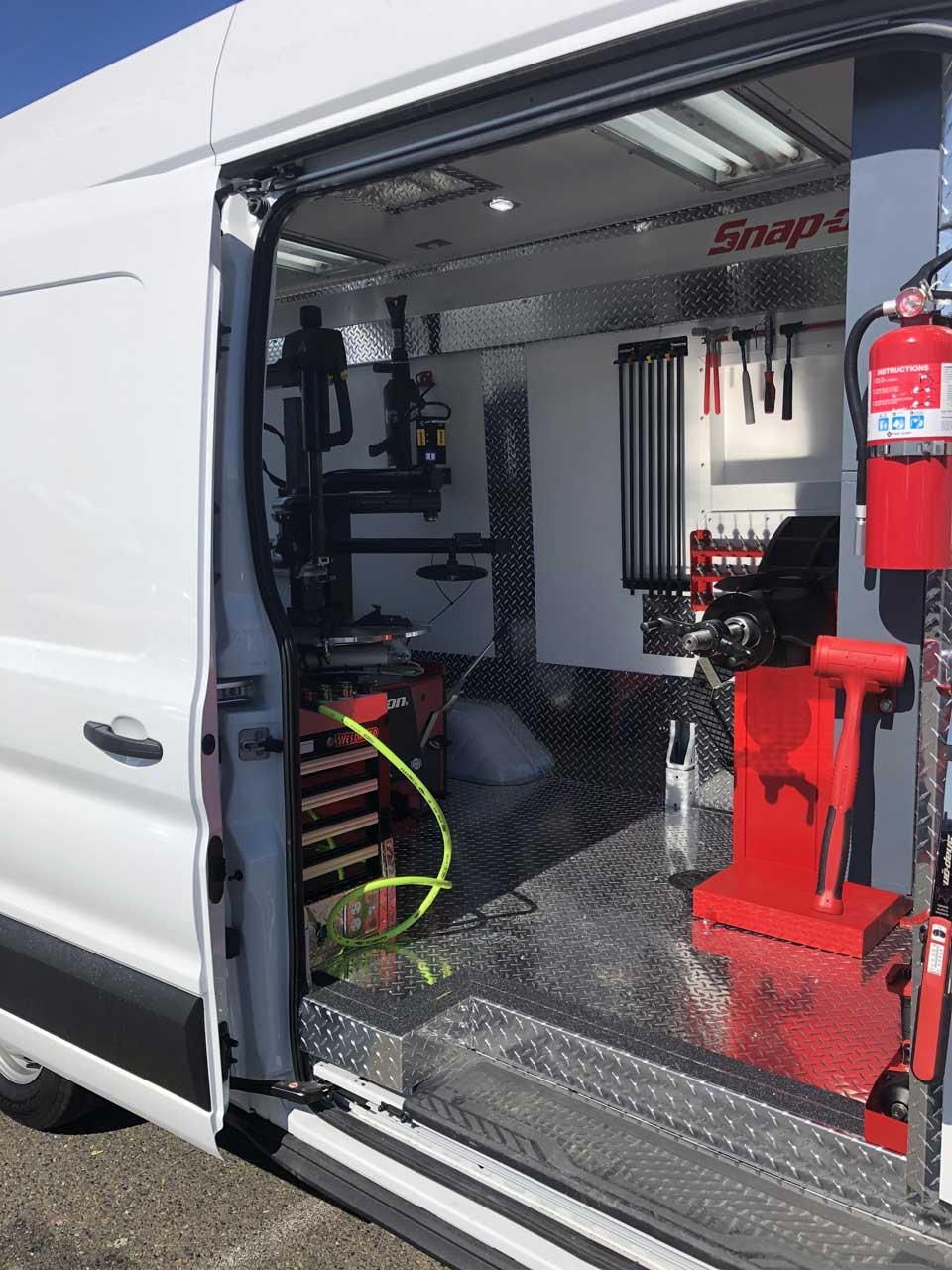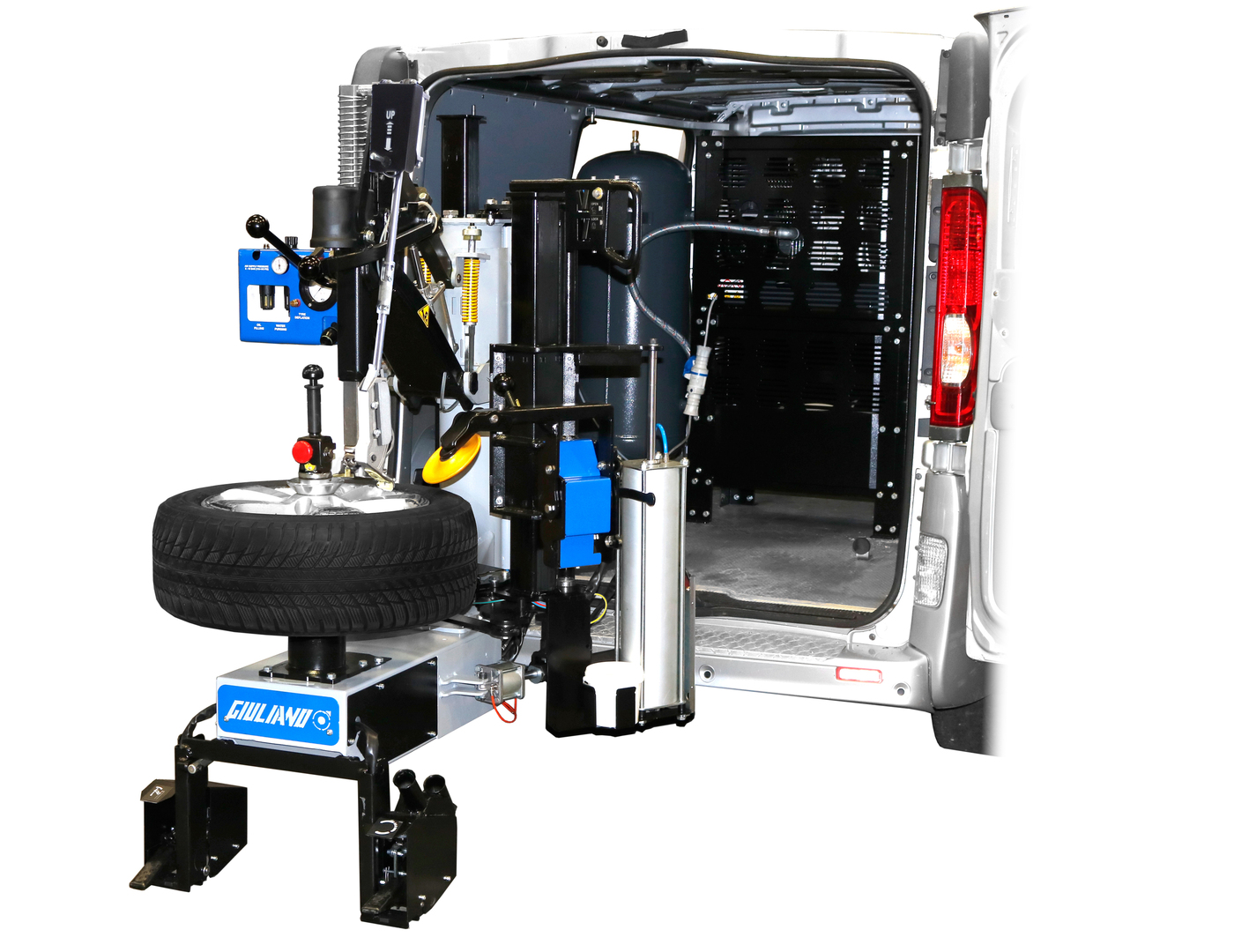Tire Solution: Proven Methods for Optimum Tire Maintenance and Treatment
Preserving optimum tire condition is extremely important for both security and efficiency of any type of lorry. From making sure proper tire stress to regular rotation and placement, there are tested techniques that can substantially extend the life expectancy of your tires and boost general driving experience. As we discover the ins and outs of tire care and upkeep, we will certainly discover essential standards that every car proprietor need to abide by for the best possible outcomes. Allow's explore the globe of tire solution and discover the secrets to keeping your tires in excellent shape for the long haul.
Importance of Tire Pressure
Proper tire pressure is an important consider making certain optimum lorry efficiency and safety and security on the road. Maintaining the recommended tire stress degrees given by the producer provides various benefits. Sufficient tire pressure advertises far better fuel effectiveness, as under-inflated tires can lead to boosted rolling resistance, triggering the engine to work harder and eat even more fuel. Secondly, correct tire stress makes certain even step wear, enhancing tire longevity and conserving cash in the future by delaying the need for early substitutes. In addition, correctly inflated tires add to improved handling and stopping abilities, essential for secure driving in numerous road conditions. Over-inflated tires, on the various other hand, can result in lowered traction and a harsher adventure. On the other hand, under-inflated tires are vulnerable to overheating, which can bring about blowouts and mishaps. Consistently adjusting and examining tire pressure, particularly soon trips, is a simple yet efficient means to enhance vehicle efficiency, extend tire lifespan, and focus on security on the roadway.
Tire Turning Guidelines
When thinking about tire rotation guidelines, it is vital to recognize the relevance of this upkeep job in optimizing tire life-span and keeping optimal vehicle performance. Tire turning entails transforming the placement of each tire on a vehicle to ensure even step wear. Front tires often tend to put on much more swiftly than back tires because of steering forces, making normal turning vital for well balanced wear patterns. The suggested rotation pattern differs relying on whether an automobile is front-wheel, rear-wheel, all-wheel, or four-wheel drive. Usually, tires ought to be rotated every 5,000 to 7,500 miles, or as suggested in the lorry handbook. Overlooking tire rotation can bring about irregular wear, influencing handling, traction, and potentially compromising lorry security. By adhering to correct rotation guidelines, vehicle drivers can expand the life of their tires, enhance fuel efficiency, and improve general driving experience. Regular turning is an easy yet effective upkeep practice that adds substantially to tire durability and vehicle efficiency.

Advantages of Wheel Alignment
Making sure appropriate wheel alignment after tire turning is important for maintaining well balanced wear patterns and maximizing automobile efficiency. Furthermore, appropriate wheel alignment helps to expand the life-span of your tires. Misaligned wheels can trigger unequal tire wear, leading to premature tire substitute and raised upkeep prices.

Tire Tread Depth Examine
Carrying out a normal inspection of tire tread deepness is crucial for maintaining risk-free driving problems and prolonging the lifespan of your tires. The walk on your tires plays a crucial role in giving traction, particularly in unsafe or damp problems. To check your tire tread depth, you can use a tread depth scale or the dime test. The recommended tread depth is at least 2/32 of an inch. If the tread depth is below this threshold, it is time to replace your tires to guarantee ideal efficiency and security when traveling. Uneven tread wear can indicate issues with tire placement, suspension, or pressure, highlighting the relevance of normal walk depth checks. Disregarding to keep an eye on and preserve appropriate tread deepness can bring about minimized hold, longer braking distances, and a raised threat of hydroplaning. By integrating tire step depth check out your routine upkeep routine, you can drive with self-confidence recognizing that your tires are in top problem.
Seasonal Tire Assessment
Seasonal tire evaluation is an essential aspect of tire upkeep that guarantees tires are prepared to face the challenges postured by various climate conditions. In preparation for winter, it is essential to examine the tire stress on a regular basis as chilly temperatures can trigger tire pressure to go down. By carrying out routine seasonal tire inspections, vehicle drivers can extend tire lifespan, enhance gas efficiency, and most importantly, make certain a safe driving Read Full Report experience in varying weather problems.
Final Thought
To conclude, keeping appropriate tire stress, turning tires routinely, straightening wheels properly, monitoring walk depth, and performing seasonal evaluations are crucial techniques for optimum tire treatment. By complying with these confirmed techniques, drivers can guarantee their tires last much longer, carry out far better, and add to total car safety and security. It is very important to focus on tire maintenance to protect against accidents, improve gas efficiency, and prolong the life expectancy of tires.
Sufficient tire stress promotes better gas effectiveness, as under-inflated tires can lead to raised rolling resistance, triggering the engine to function tougher and take in even more click here for more info fuel.When thinking about tire turning standards, it is vital to recognize the importance of this maintenance job in taking full advantage of tire life-span and maintaining optimal automobile efficiency. Seasonal tire examination is a fundamental aspect of tire maintenance that makes sure tires are all set to encounter the obstacles posed by different climate problems. By performing routine seasonal tire inspections, chauffeurs can extend tire life expectancy, improve fuel effectiveness, and most significantly, make sure a safe driving experience in differing climate problems.
In conclusion, keeping correct tire stress, revolving tires regularly, aligning wheels correctly, keeping track of tread depth, and conducting seasonal inspections are essential practices for optimum tire treatment.